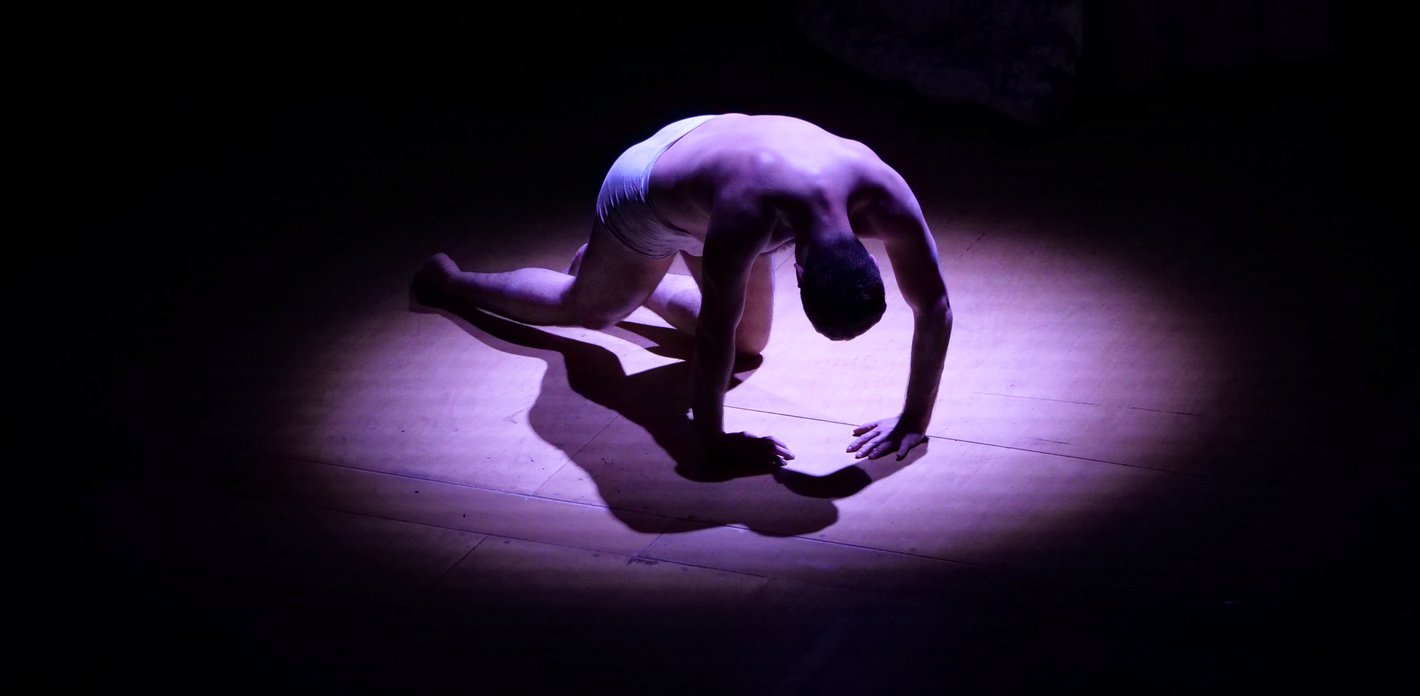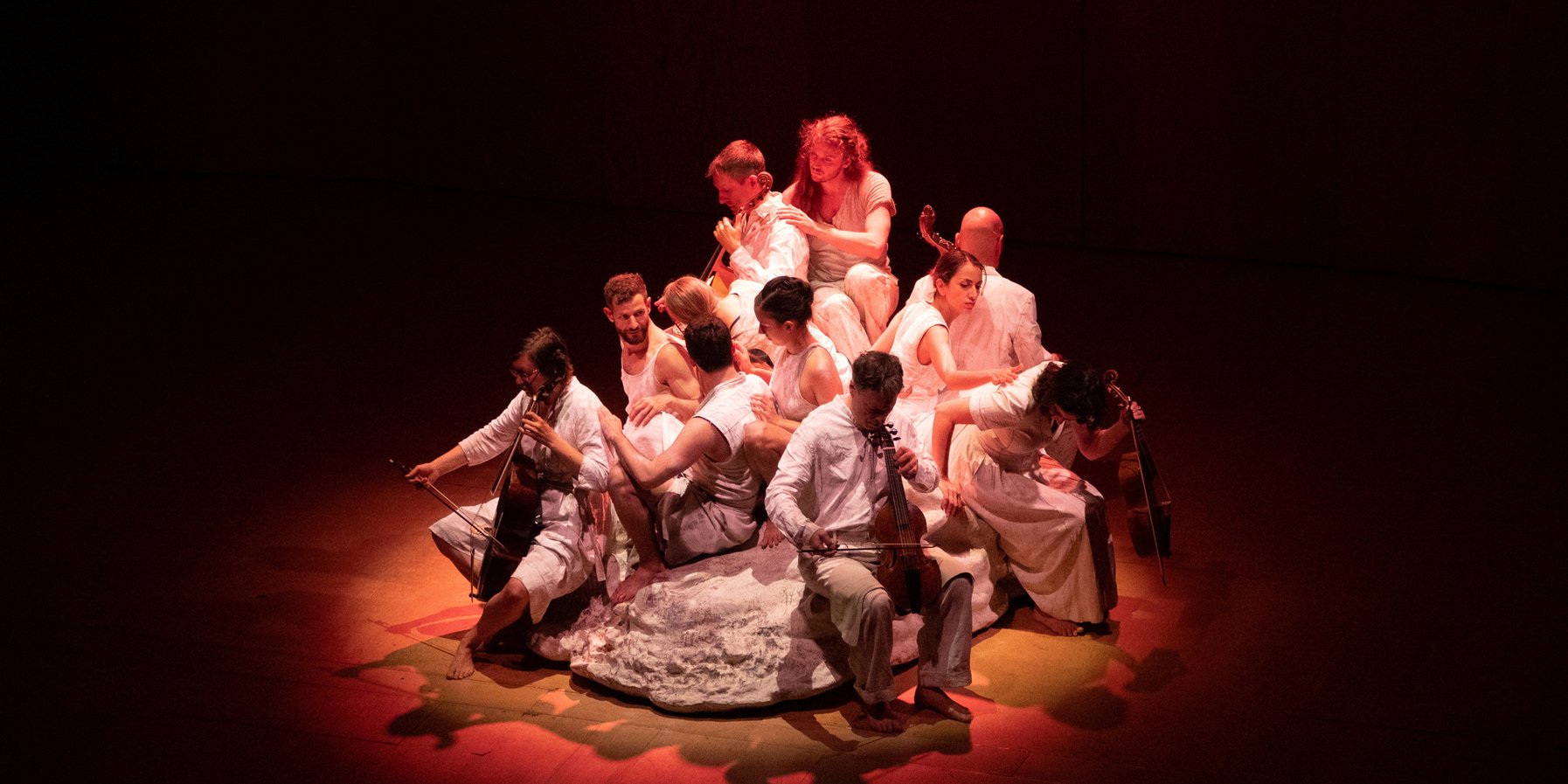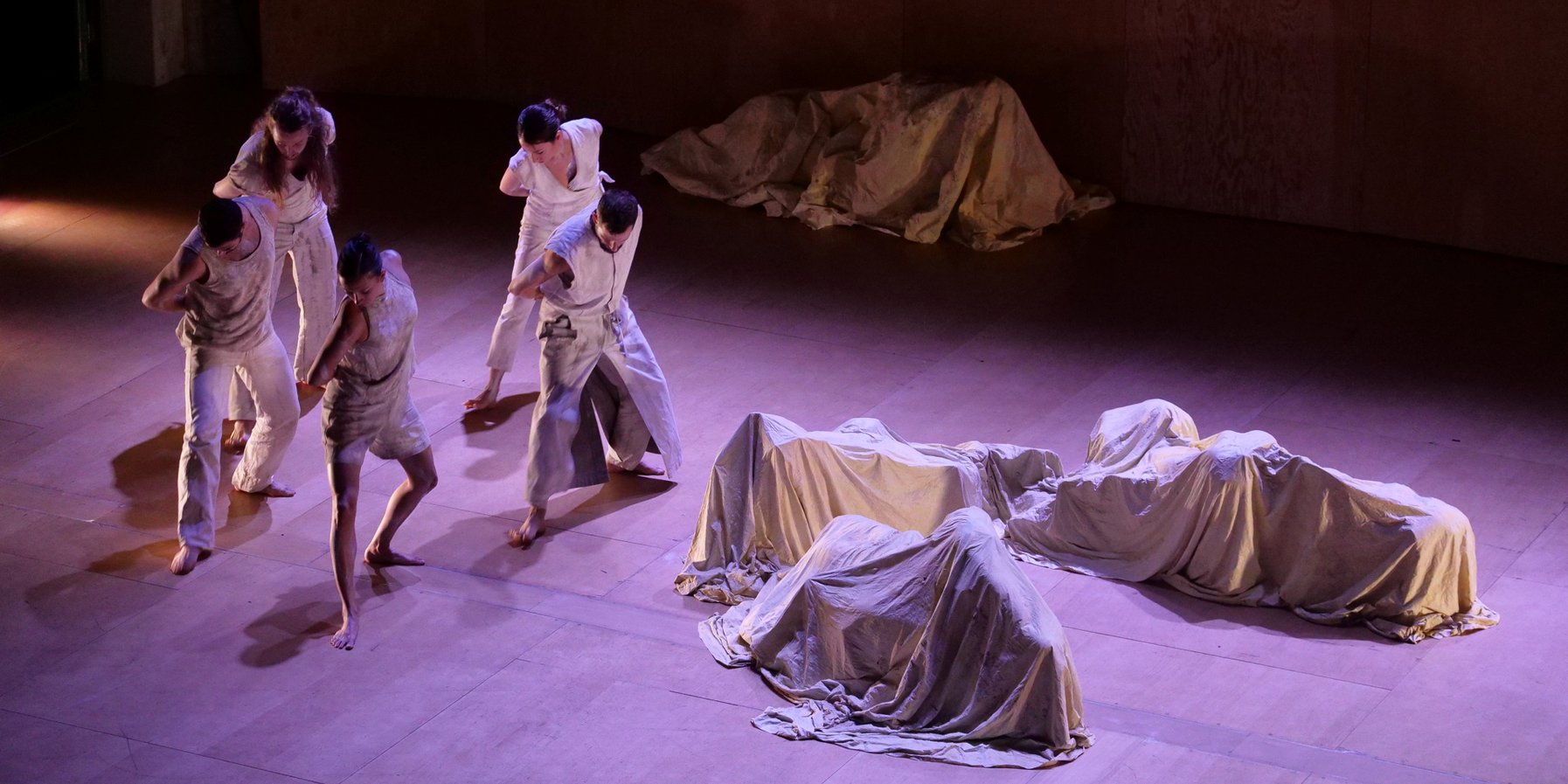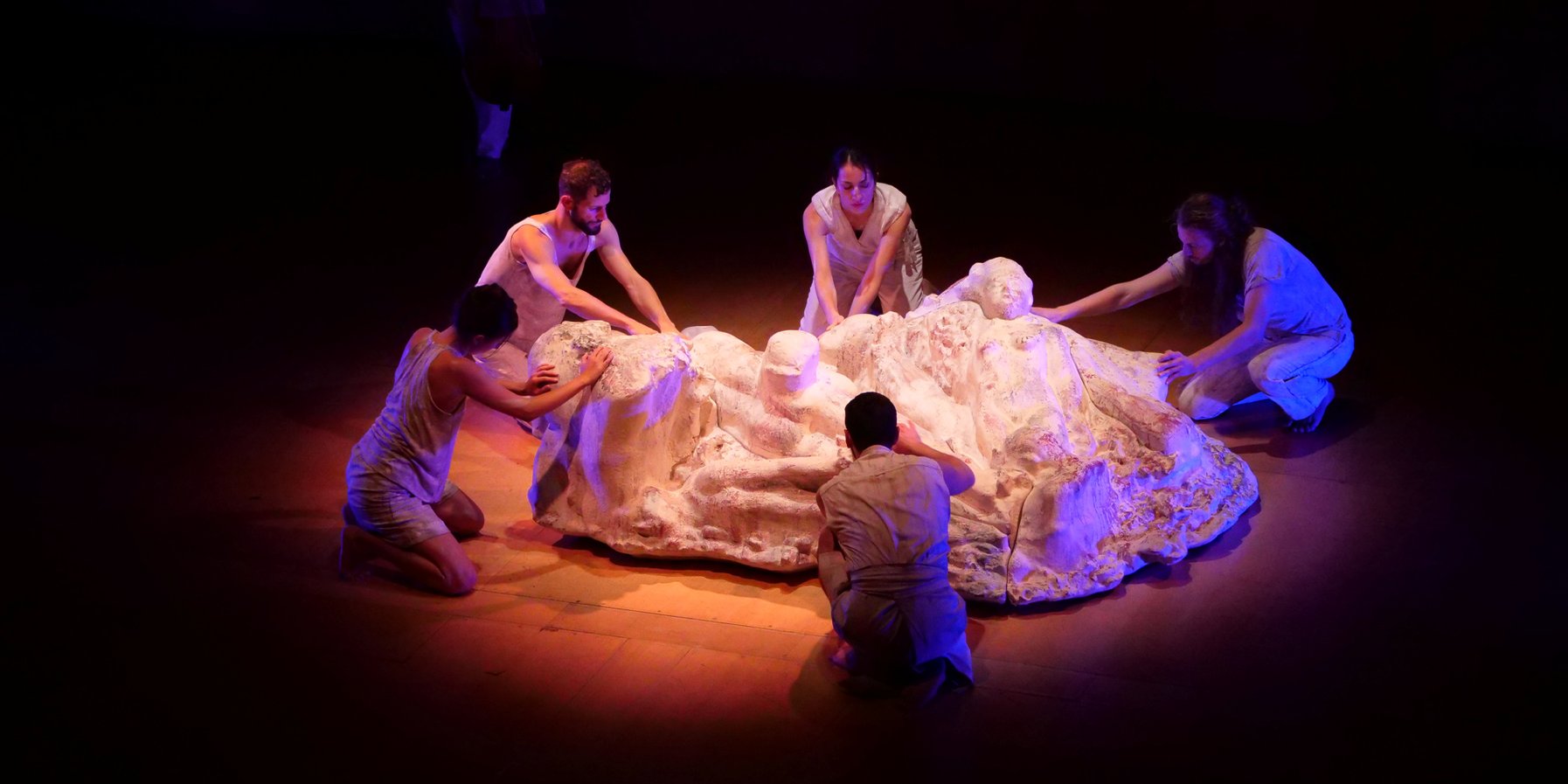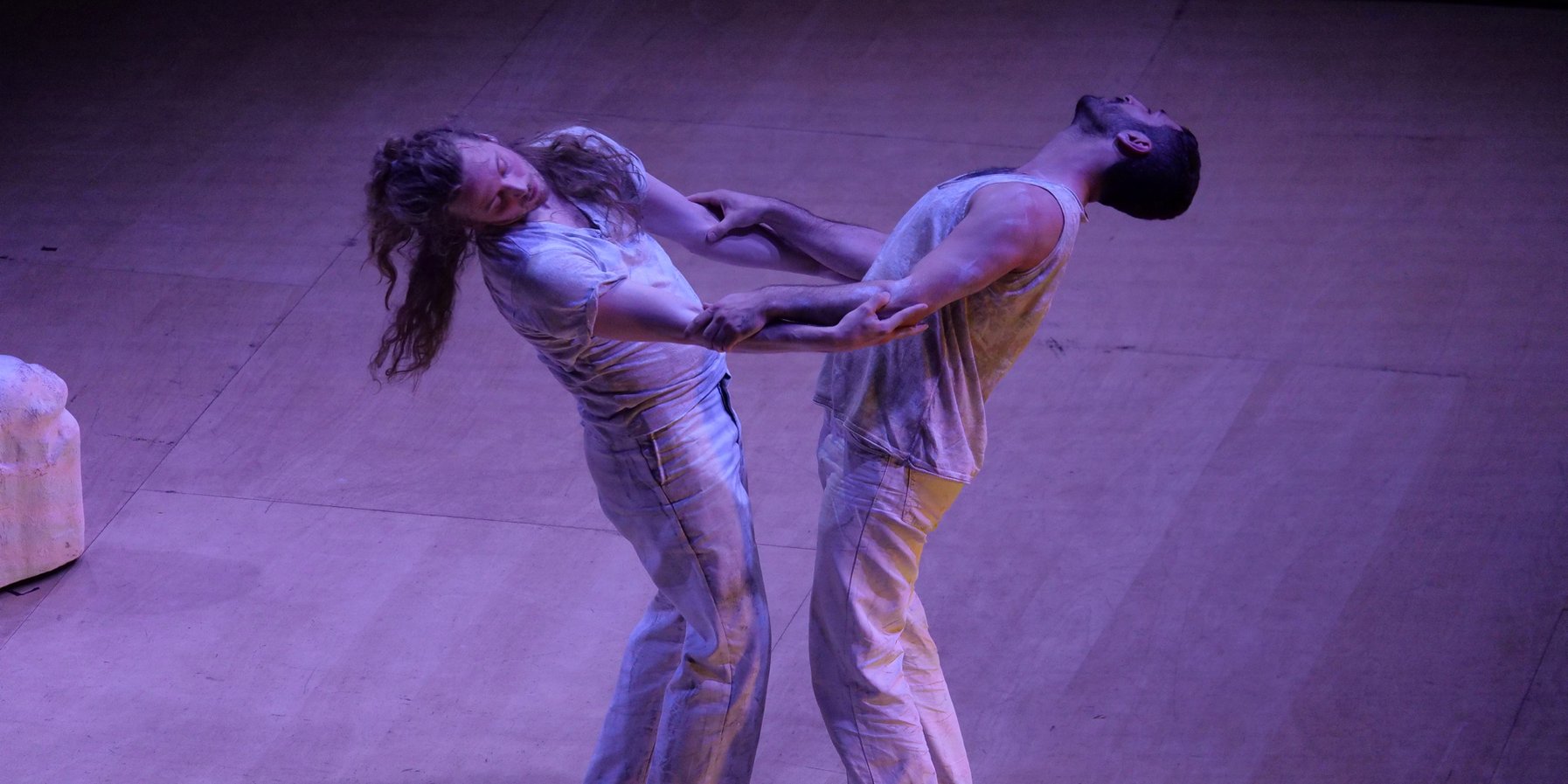Text: Regine Müller, December 2024
Many great poets and thinkers have reflected on the phenomenon of play. Friedrich Schiller summed up the central importance of play particularly succinctly in »On the Aesthetic Education of Man«, stating: »To say it outright, man only plays when in the full meaning of the word he is a man, and he is only completely a man when he plays. William Shakespeare was just as succinct when he (supposedly) said: »Work, prayer, meal, sleep and play – these are the five fingers of our hand of life.«
The act of play is fundamental to art. In the performing arts – such as theatre, opera, and concerts – the word »play« is even synonymous with professional practice: one plays an instrument, a piece of music, or a role. This does not contradict the seriousness art can embody; rather, it is part of what it means to be human »in the full meaning of the word«. Every ambitious artistic endeavour can be best described as a fusion of playfulness and seriousness – an approach that embraces extremes, remains open to new and unexpected paths, and persists in exploration until the outcome feels effortless, natural, and playful once more.
Die Kunst des Menschseins
The project »The Art of Being Human« (Elbphilharmonie Grand Hall, 12.3.2025) has come a long way in its playful search for new directions, and it is no coincidence that the title itself is a play, this time on words, as it can refer both to the human condition and humanity in a wider sense. The project brings together the renowned Berlin-based viola da gamba ensemble Phantasm, headed by its founder Laurence Dreyfus, and a group of dancers who create moving tableaux of archaic, primeval human constellations. Set against sculptures by set designer Alexander Polzin and to the austere sounds of old English consort music.
Music from other spheres
The performance begins in near-total darkness: seemingly lifeless figures, wrapped in white cloth, are dragged in and carefully placed between five similarly draped sculptures. Later, the musicians will take their seats on these rock-like structures. A lone viola da gamba begins to play, soon joined by four others in »In Nomine Trust« by Christopher Tye. The work by the composer, born in 1505, marks the oldest work of the evening. The programme unfolds chronologically, moving from William Byrd and John Dowland to Henry Purcell, born in 1659.
The viol ensemble Phantasm specialises in English consort music from the Renaissance and early Baroque periods. »But many people today have no idea about this repertoire,« says Laurence Dreyfus. »Take Orlando Gibbons’ ›In nomine‹, composed around 1600 – it is masterpiece of English consort music. To some listeners, it might even sound strikingly modern, like music from other spheres.« Dreyfus notes that part of the music’s allure lies in its approach to voice leading, which does not separate melody from accompaniment: »Each voice has equal importance, creating a kind of musical democracy. While German audiences may recognise this polyphonic tradition from Bach and Schütz, it isn’t immediately familiar to them. Then there’s the unique handling of dissonance. Composers were highly experimental at the time. The instrumentation also adds to its distinctiveness, as viols are rarely encountered today, let alone in an ensemble of five!«
Trailer: »The Art of Being Human«
In genuine community – music and dance
On stage, the five dancers, dressed in white, gradually come to life with the music. As they connect with the viola da gamba ensemble, the instrumentalists themselves become part of the movement – at times even falling blindly backward, safely caught by the dancers. Abstract group dynamics ensue, eventually revealing a victim figure who later appears to take command. Occasionally, the music pauses as one dancer sings a Syrian song, while the musicians create dry, rhythmic sounds. Movement remains constant throughout.
Laurence Dreyfus recognised this scenic challenge for himself and his ensemble from the outset: »We’ve previously worked on productions featuring dance, but those involved baroque dance that we simply accompanied. This time, I wanted to be fully integrated into the choreography – not just as the accompanying musicians, but as a genuine community with the dancers, serving as their counterpart.«
This posed a unique challenge: the scores for polyphonic consort music are so intricate that playing them from memory is nearly impossible. But using music stands was not an option for set design reasons. »It’s especially fascinating for the audience to experience the polyphony differently each time we move around the stage in various formations,« says Dreyfus. »But achieving the subtle interplay is a real challenge. We often play the same voices but in a staggered manner, making it easy to accidentally slip into another musician’s part.« The solution? The ensemble really had no choice but to memorise the highly complex scores with all their repetition loops.

A special sculpture
The sculptural elements, which constantly form new constellations, play a crucial role on stage. They were created by the Berlin-based sculptor, painter, graphic artist, and stage and costume designer Alexander Polzin, who has always engaged deeply with music and unconventional concert settings. Polzin has had a longstanding collaboration with Dreyfus and the ensemble Phantasm. »Interaction with musicians is a key aspect of my work. When I attended a Phantasm concert with the choreographer Sommer Ulrickson, I instantly felt that this music called for movement. The ensemble immediately embraced the idea,« he recalls.

The three of them worked on the project together, »knowing that this collaboration requires both give and take, as well as a search for compromises,« says Polzin. For instance, he had to design the stage elements in a way that allowed the musicians to sit on them and play their instruments. »Normally, I wouldn’t consider such things when designing a sculpture. In this case though, I was aiming for an element that could unite the two groups. Initially, I envisioned a single, solid sculpture, but it soon became clear that I would divide it into five parts, each assigned to a dancer and a musician. The parts function independently and only reunite at the end to form one complete sculpture.«
Théodore Géricault’s famous painting »The Raft of the Medusa« served as inspiration for this sculpture, where intertwined human bodies seem to move at the end. It shows shipwrecked people dying of thirst, abandoned by the world, drawn from a real-life tragedy that occurred off the West African Atlantic coast in 1816, and unfortunately remains relevant today. Polzin is fascinated by the strange contradiction of what is depicted: »The bodies of the people on the raft show no signs of the weeks of hunger they endured, but instead are filled with vitality and strength. The entire scene teeters on the edge of an erotic portrayal. Is Géricault showing sheer horror or an orgy? Are they devouring each other, or are they making love? This ambiguity is important to me. Our work mirrors that ambiguity.«
This article appeared in Elbphilharmonie Magazin (Issue 1/25).
